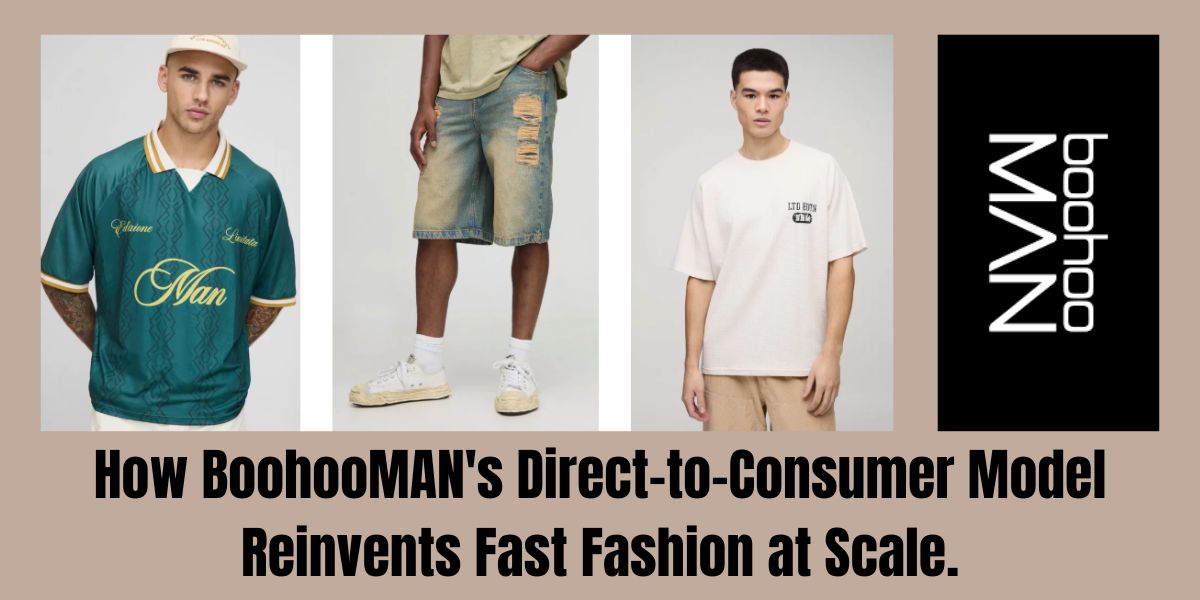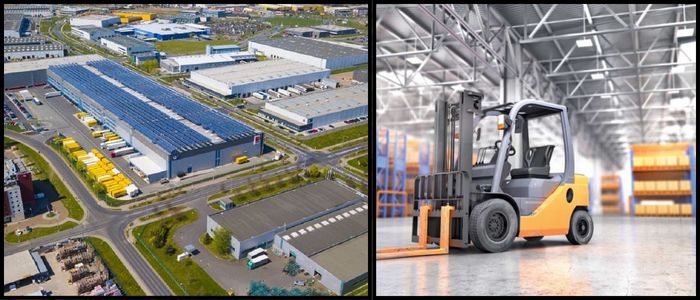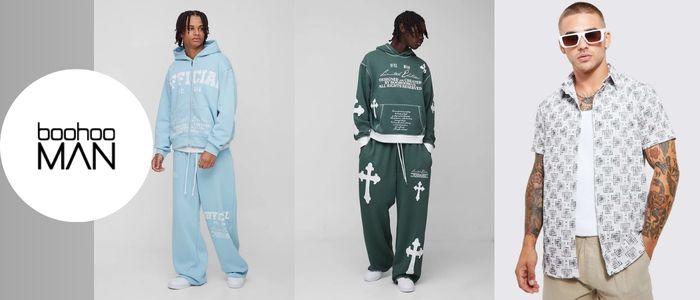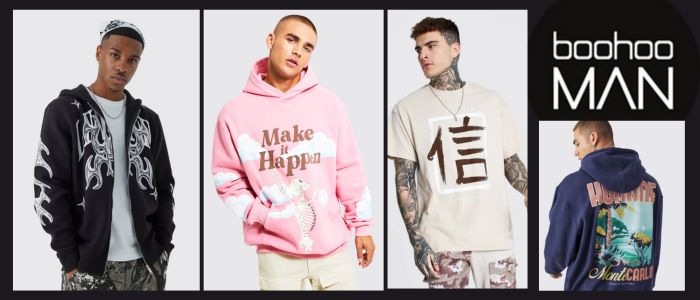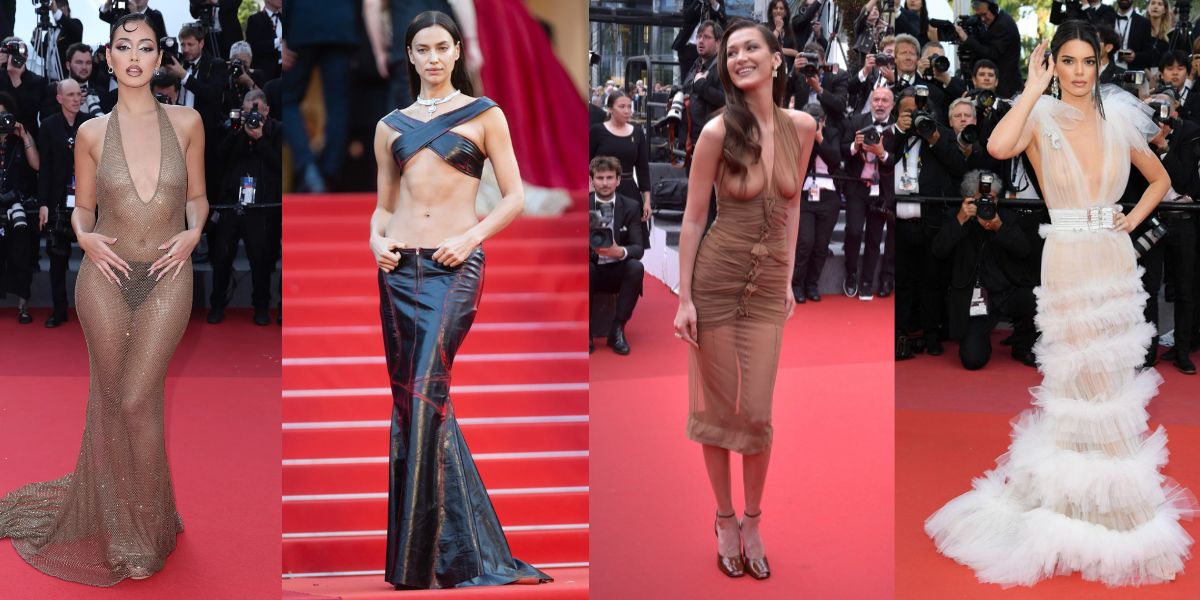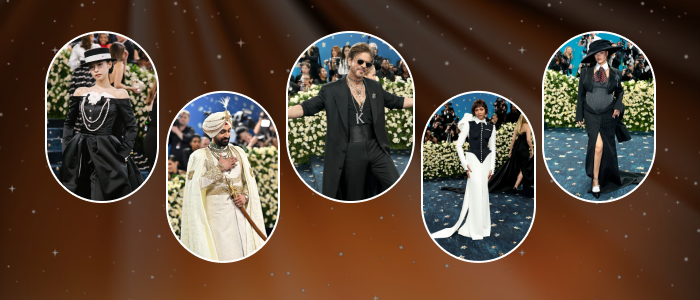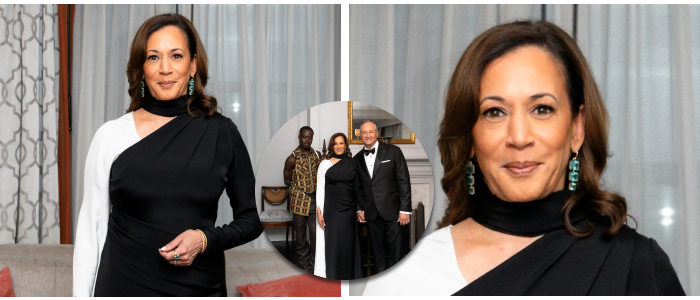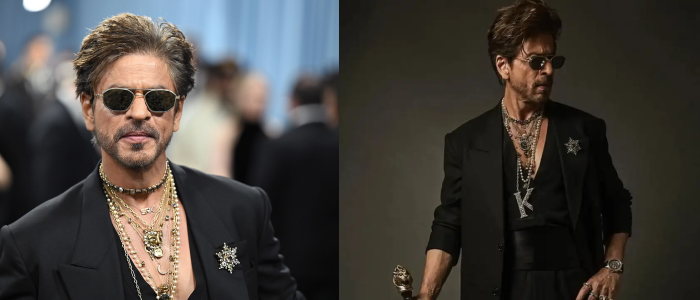What is the D2C model?
The essential concept behind D2C is the direct-to-consumer model which represents a modern way for a brand to sell its products directly to its customers instead of going through third-party shops or middlemen. This puts the brand in full control of the price, quality and promotion of their products. BoohooMAN is defining next-generation fast fashion by adopting this model.
How did BoohooMAN change fast fashion at scale?
Speed is the Superpower
BoohooMAN claims that they complete the entire process from design to delivery in just 2 to 3 weeks. While other companies take months to bring out new collections, BoohooMAN launches hundreds of products every week according to the new trends.
The reason for this is the in-house designing team and the tremendous use of data analytics. By looking at the things trending on social media, BoohooMAN instantly creates designs and puts them into production.
Direct Connection with Customers
Because the brand is directly connected to customers, it receives real-time feedback. What's working and what's not – all from website traffic, social media comments and order patterns.
This helps BoohooMAN understand which products to re-manufacture and which to discontinue. The result? Less wastage, lower inventory costs and more profit.
Steps Towards Sustainability
Although BoohooMAN is a fast fashion brand, the D2C model has also moved it towards responsible fashion to some extent.
Less inventory means no piles of unsold clothes. Also, the company is now moving towards using more recyclable fabrics and water-saving technology – especially in the European and US markets.
Global Presence but with Local Appeal
BoohooMAN's clothes may be designed in the UK, but the D2C model allows the company to customize its collections for each country.
For example, for India or the Middle East, the company uses prints and colors that appeal to the youth there.
Great Use of Technology
BoohooMAN has made its digital platform extremely user-friendly and interactive. Things like virtual try-on for watches, AI-recommendations and personalized feeds make the customer's shopping experience even better.
With this digital solution, the company is able to operate at scale without any heavy physical infrastructure.
What does the Market Say?
The full year 2022 report revealed that Boohoo Group's revenue was almost £2 billion and BoohooMAN contributed to this.
The brand sees its growth especially in the US, Australia and UAE where D2C fashion is becoming popular with Gen Z and millennials.
There are Challenges Too
Although the D2C model has many advantages, it also has challenges. Logistics, return management and global delivery time issues continue to be a headache for BoohooMAN.
Apart from this, questions arising regarding sustainability can also affect the brand's image if they do not take concrete steps in this direction.
Conclusion
BoohooMAN has shown that with the right use of technology, data and trends, fast fashion can be even easier to scale. The D2C model not only improves the customer experience but also gives brands the power to respond quickly to the market.
In the future, as customers expect more personalization and responsibility, brands like BoohooMAN will have to get smarter about their strategies. But for now, BoohooMAN seems to be the front-runner in the fast fashion race – and that too directly with its customers.

